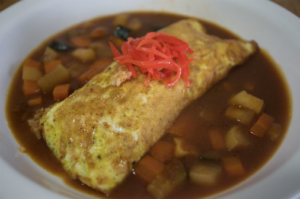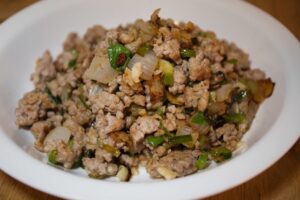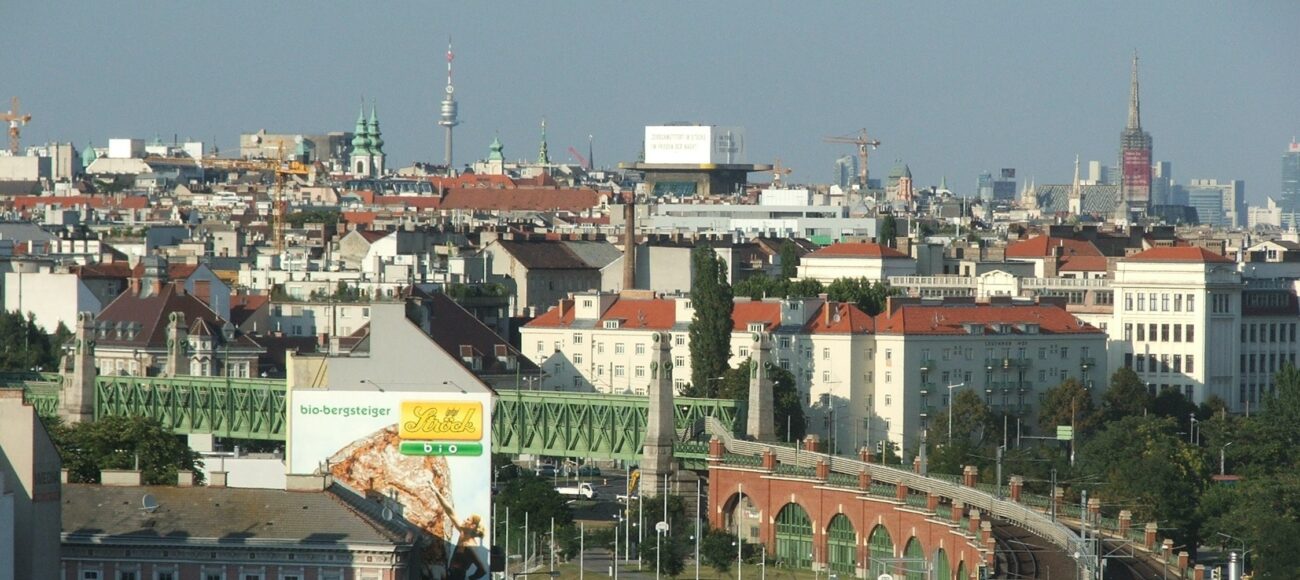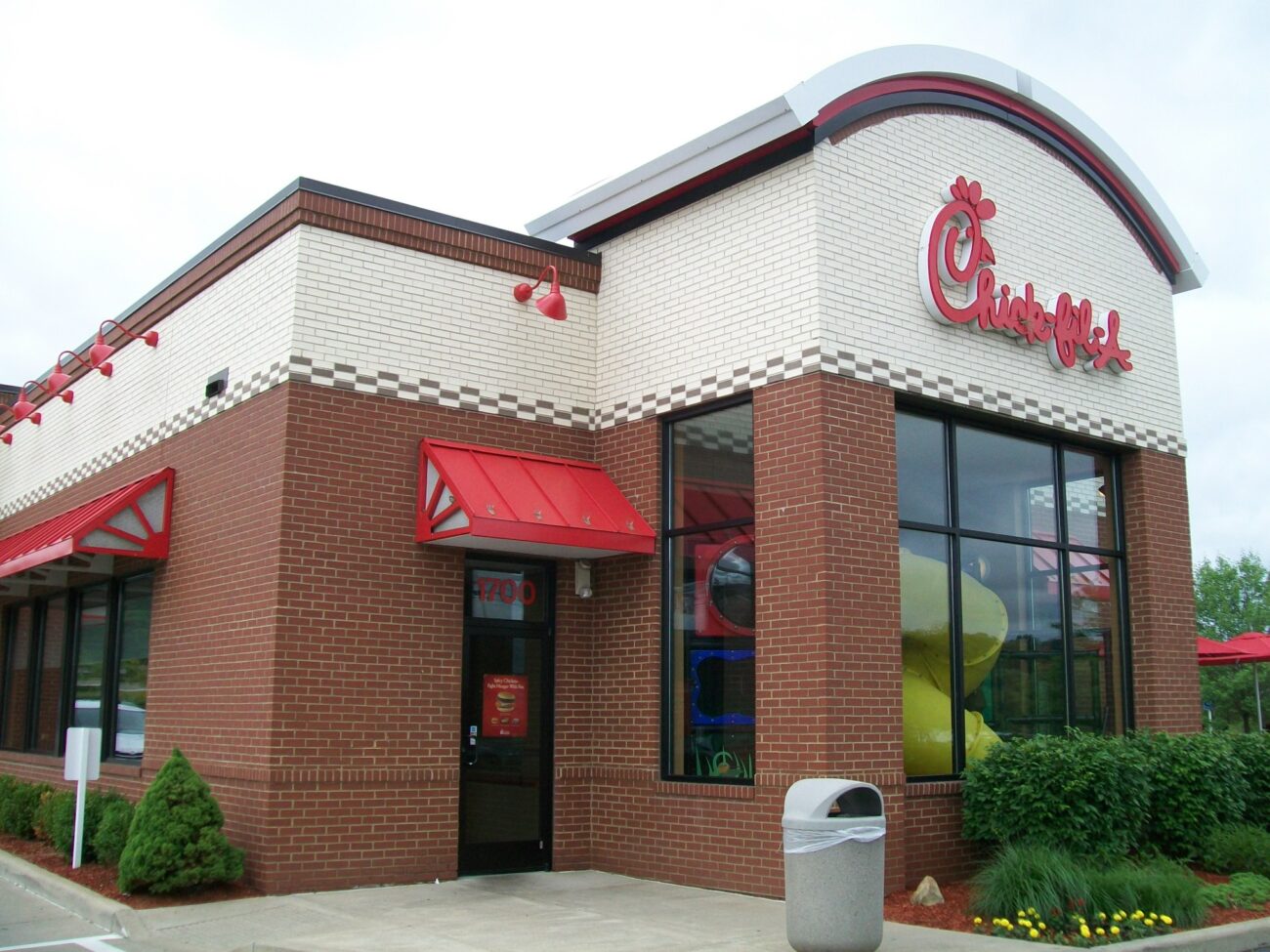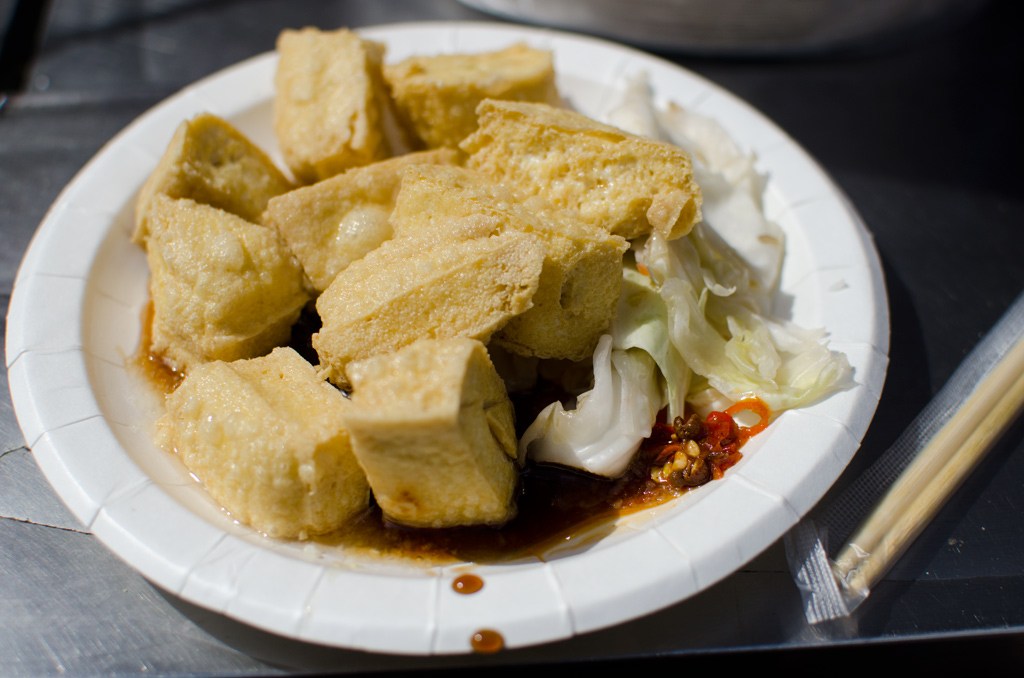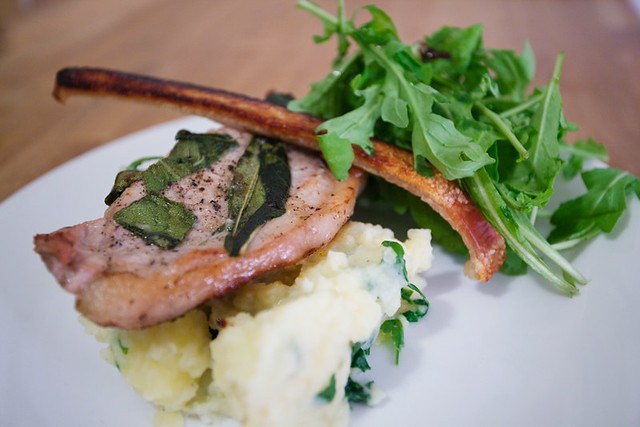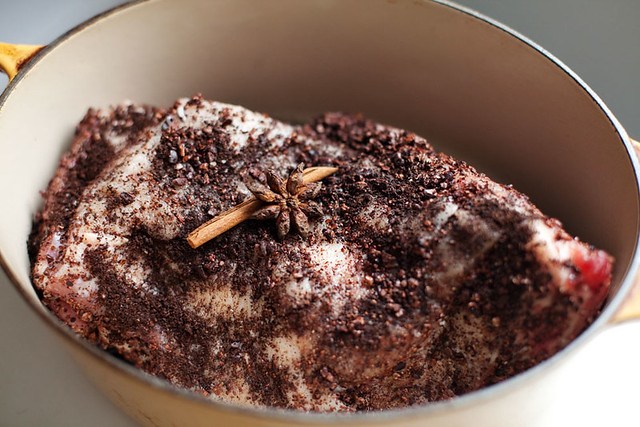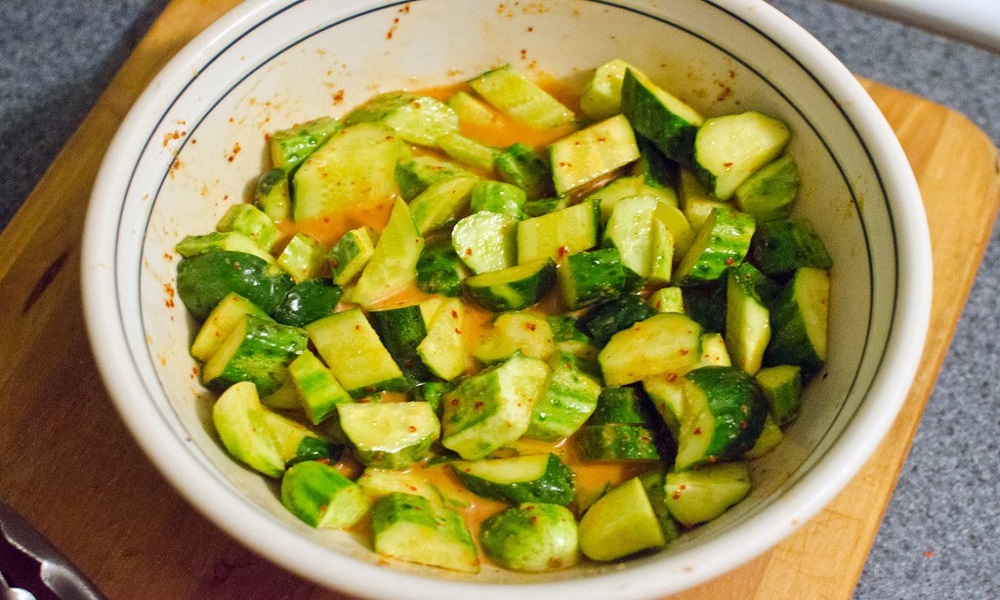Under the dappled shade of trees along Sebastopol Road in Roseland, a sound rises above the neighborhood hum. Not the tinkling melody of a typical ice cream truck, but the gentle call of “¡Nieve, nieve!” The cycling ice cream vendor of Roseland pushes his custom-built cart through Santa Rosa’s streets, bringing more than just frozen treats—he’s a time traveler delivering edible memories.
Known affectionately as “Don” or “señor de las probaditas” (the man who gives little tastes), this vendor has been a fixture in Santa Rosa since the mid-1990s. His handcrafted Mexican-style ice cream—nieve de garrafa—draws loyal customers who have followed him for decades, many finding in his treats a rare connection to distant homes.
Beyond Sweet: Ice Cream as Cultural Identity
The cart itself tells a story—the back half of a bicycle welded to a two-wheeled trailer, pushed entirely by foot. Inside wait treasures that transcend simple desserts: mango dusted with Tajin and chamoy, elote (sweet corn), mamey, queso (cream cheese), and tuna (prickly pear).
That first bite of mango ice cream hits somewhere between childhood memory and culinary revelation—sweet, tangy, and unapologetically vibrant with that characteristic Tajin kick that no artisanal American scoop shop has quite mastered. It’s a passport stamp on your tongue, no TSA line required.
“There are a lot of people here that haven’t gone home in 30 or 40 years, because they can’t,” the vendor explains, scooping a sample of cinnamon-spiced chongo. “Anything that reminds them of Mexico is very special. It’s nostalgia.”
Each flavor emerges from five decades of expertise. The recipes remain closely guarded secrets, jokingly offered for sale at $80,000. The process involves fresh, local fruit, a blend of whole milk, evaporated milk, and half-and-half, all churned in wooden carafes with rock salt for chilling.
Standing in line for this humble cart delivers more authentic joy than any number of Instagram-famous dessert spots where you’d pay triple for half the soul—and none of the stories that come free with each scoop here. In a world of algorithm-optimized treats, there’s something revolutionary about ice cream made by hand, sold by a man who might let you pay next week if you’re short on cash today.
The business model operates on community and trust. Regulars are sometimes allowed to pay later, children receive free treats on el Día del Niño, and samples flow generously. Some days bring $200 in earnings, others over $1,000, while monthly ingredients cost around $1,600—all sourced from local markets.
The Soul Behind the Scoop
Beyond the cart waits a man with his own powerful story. Coming from a family of eleven, he learned ice cream making after moving to Mexico City from Villa de Ayala. Despite the loss of his wife and a robbery attempt, the street vendor continues his daily route, often trading scoops for warm meals at nearby restaurants—a quiet resilience that contrasts sharply with the spectacle of places like the Museum of Ice Cream, where frozen treats are part of a curated experience rather than a means of survival.
“More than ice cream, I sell happiness,” he says, handing over a cup of limón to a smiling customer who’s been buying from him for fifteen years. The statement isn’t marketing; it’s philosophy. In a world where food has become content first and sustenance second, there’s something quietly revolutionary about a man who has spent half a century perfecting frozen joy.
The cycling vendor hopes to continue for another decade, maybe upgrading to an electric cart someday. Until then, he’ll keep pedaling through Roseland, a master craftsman offering not just desserts but pieces of cultural heritage in every scoop.
When you find yourself in Santa Rosa, bypass the obvious stops and seek out this unassuming legend. Let the flavors transport you across borders—no passport required, just an appreciation for ice cream made with five decades of perfected patience. Bring cash, an open mind, and the willingness to experience how something as seemingly simple as ice cream can become a bridge between cultures.




